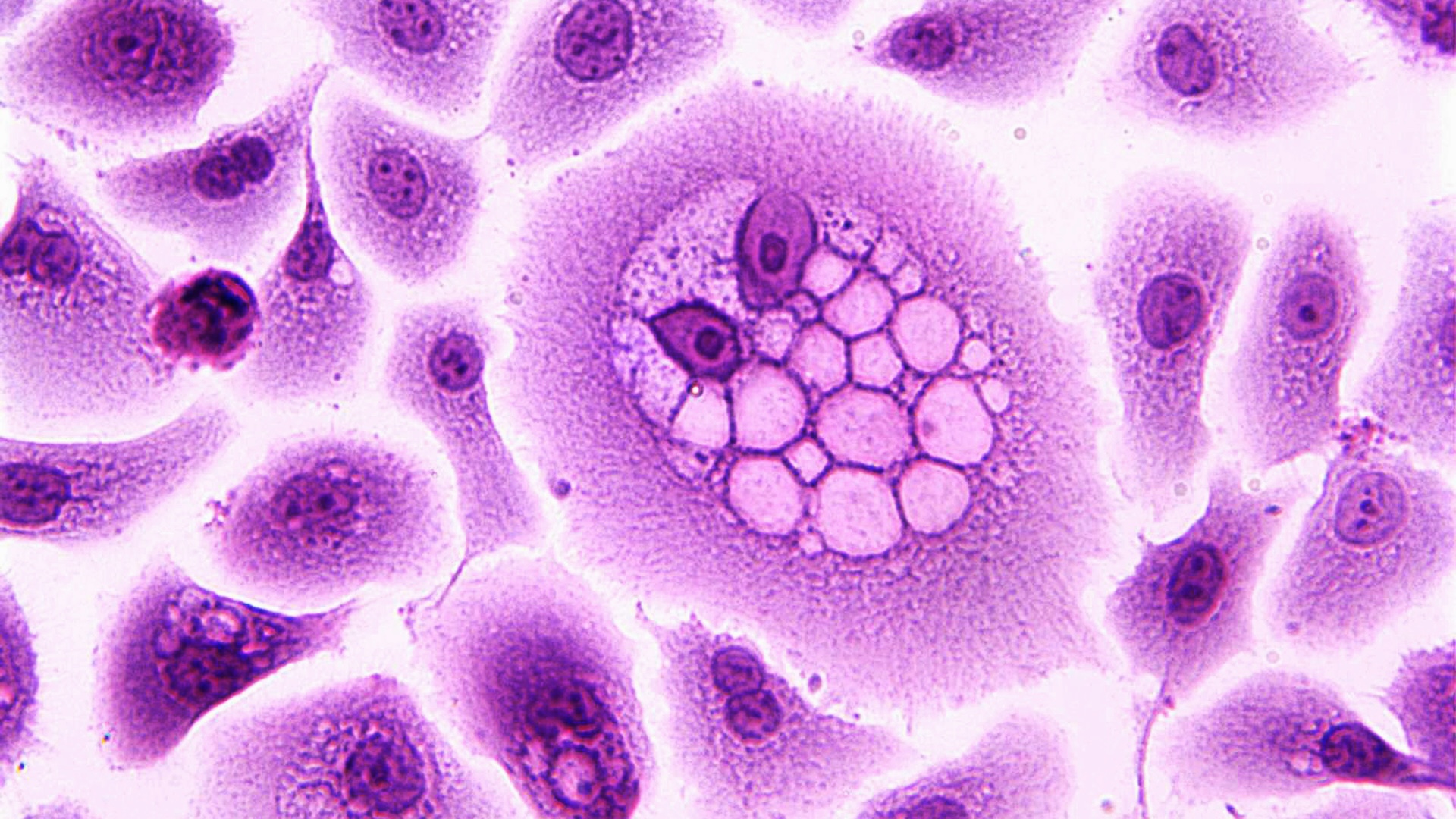Healthcare, Vol. 11, Pages 1617: Prediction Models for Intrauterine Growth Restriction Using Artificial Intelligence and Machine Learning: A Systematic Review and Meta-Analysis
Healthcare doi: 10.3390/healthcare11111617
Authors: Riccardo Rescinito Matteo Ratti Anil Babu Payedimarri Massimiliano Panella
Background: IntraUterine Growth Restriction (IUGR) is a global public health concern and has major implications for neonatal health. The early diagnosis of this condition is crucial for obtaining positive outcomes for the newborn. In recent years Artificial intelligence (AI) and machine learning (ML) techniques are being used to identify risk factors and provide early prediction of IUGR. We performed a systematic review (SR) and meta-analysis (MA) aimed to evaluate the use and performance of AI/ML models in detecting fetuses at risk of IUGR. Methods: We conducted a systematic review according to the PRISMA checklist. We searched for studies in all the principal medical databases (MEDLINE, EMBASE, CINAHL, Scopus, Web of Science, and Cochrane). To assess the quality of the studies we used the JBI and CASP tools. We performed a meta-analysis of the diagnostic test accuracy, along with the calculation of the pooled principal measures. Results: We included 20 studies reporting the use of AI/ML models for the prediction of IUGR. Out of these, 10 studies were used for the quantitative meta-analysis. The most common input variable to predict IUGR was the fetal heart rate variability (n = 8, 40%), followed by the biochemical or biological markers (n = 5, 25%), DNA profiling data (n = 2, 10%), Doppler indices (n = 3, 15%), MRI data (n = 1, 5%), and physiological, clinical, or socioeconomic data (n = 1, 5%). Overall, we found that AI/ML techniques could be effective in predicting and identifying fetuses at risk for IUGR during pregnancy with the following pooled overall diagnostic performance: sensitivity = 0.84 (95% CI 0.80–0.88), specificity = 0.87 (95% CI 0.83–0.90), positive predictive value = 0.78 (95% CI 0.68–0.86), negative predictive value = 0.91 (95% CI 0.86–0.94) and diagnostic odds ratio = 30.97 (95% CI 19.34–49.59). In detail, the RF-SVM (Random Forest–Support Vector Machine) model (with 97% accuracy) showed the best results in predicting IUGR from FHR parameters derived from CTG. Conclusions: our findings showed that AI/ML could be part of a more accurate and cost-effective screening method for IUGR and be of help in optimizing pregnancy outcomes. However, before the introduction into clinical daily practice, an appropriate algorithmic improvement and refinement is needed, and the importance of quality assessment and uniform diagnostic criteria should be further emphasized.

 1 year ago
24
1 year ago
24


